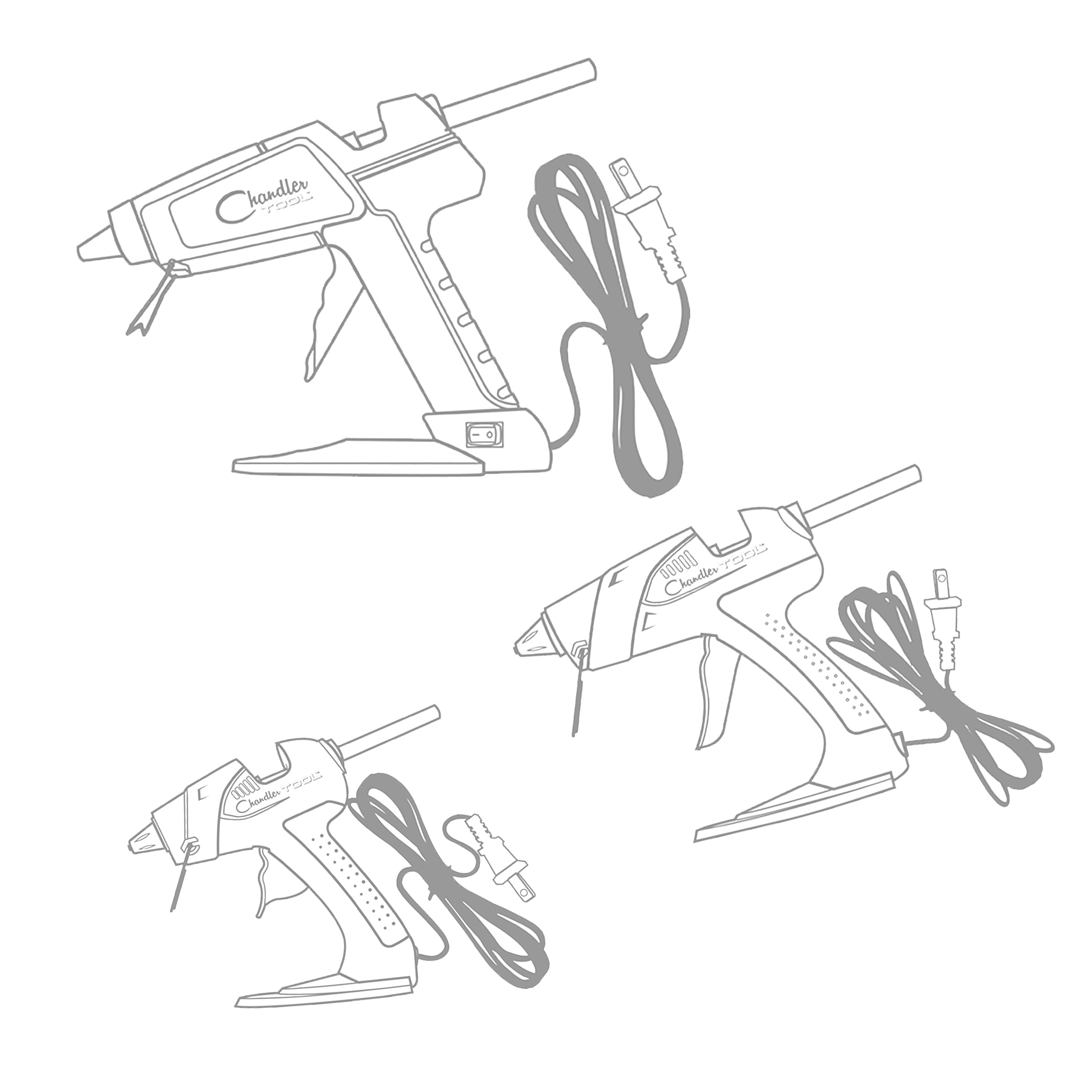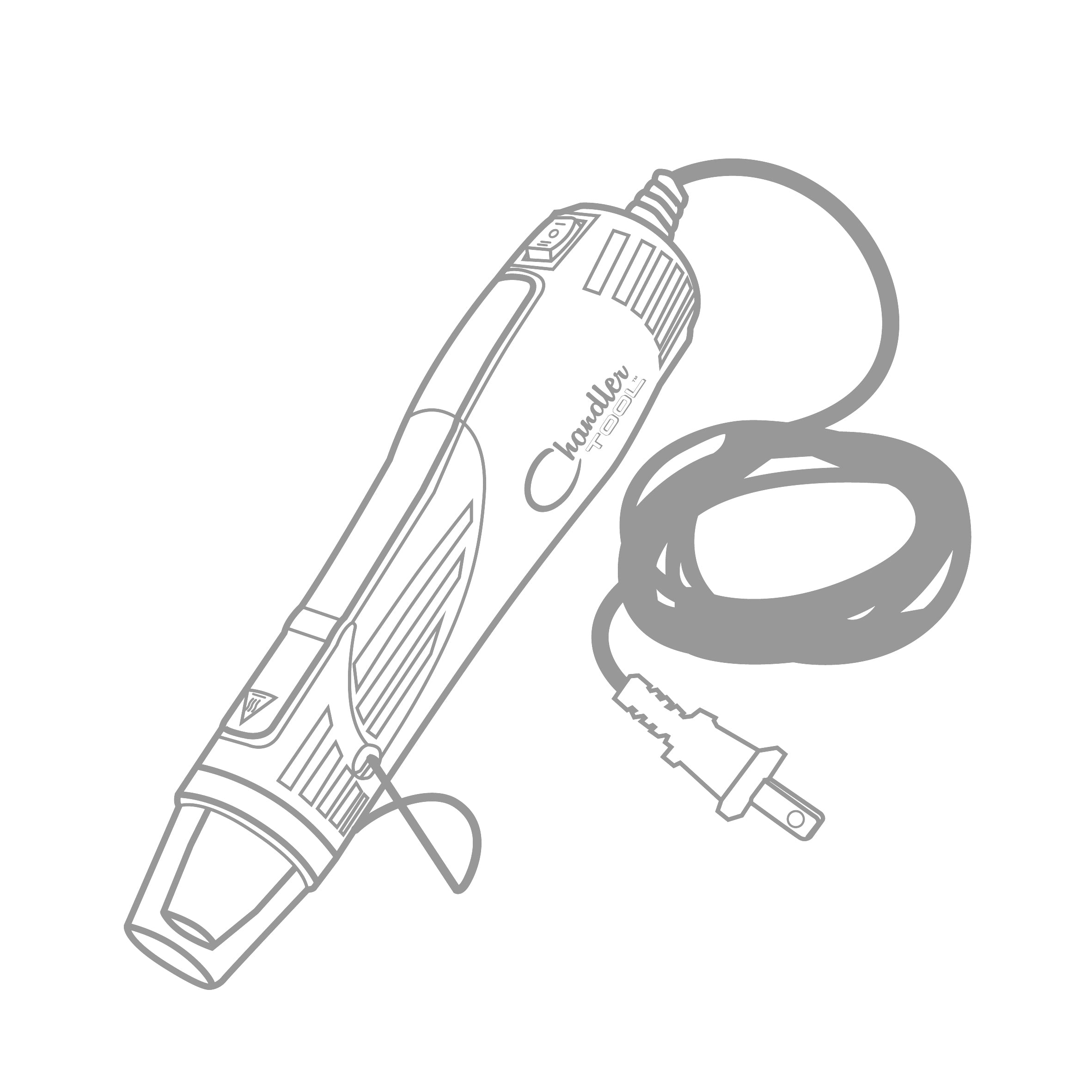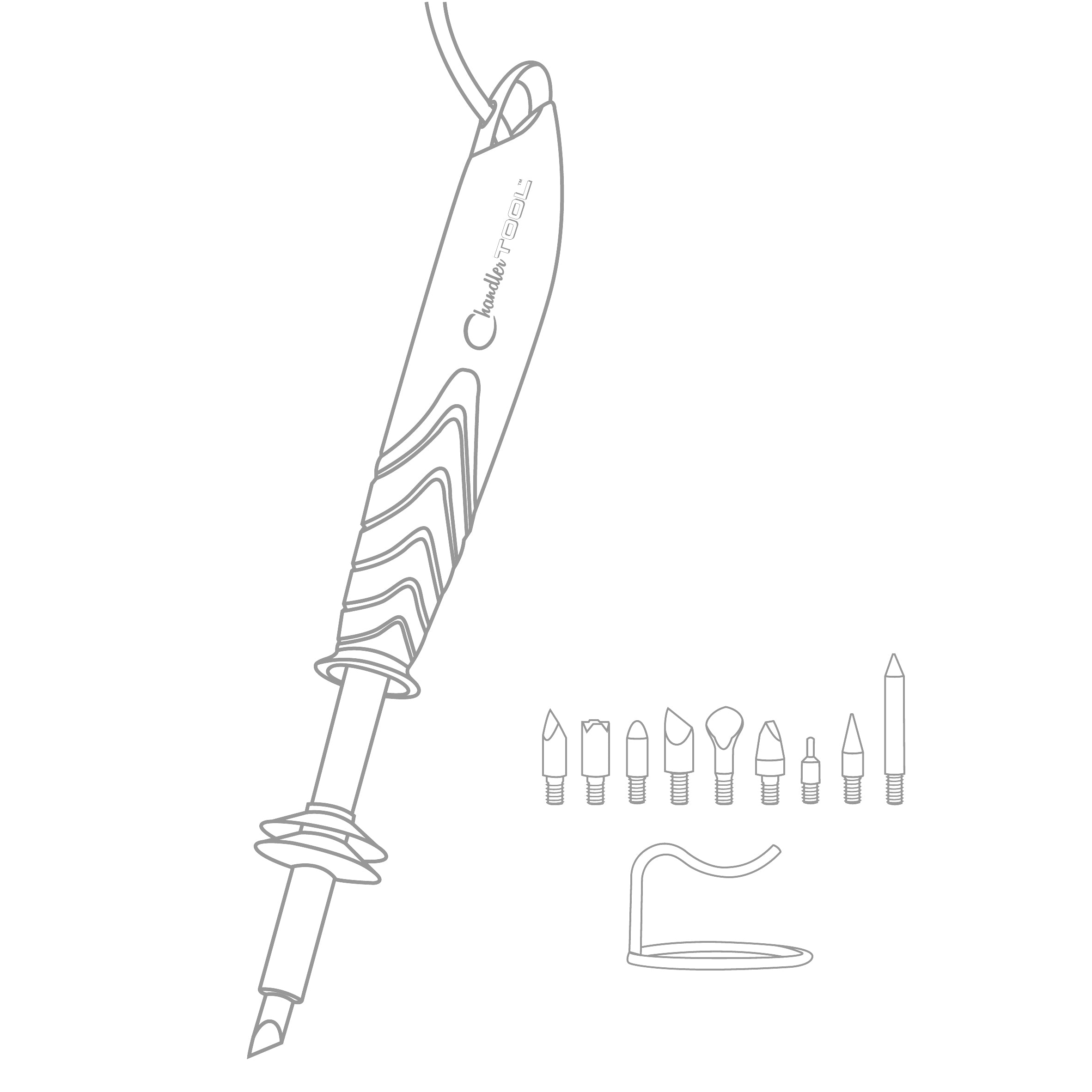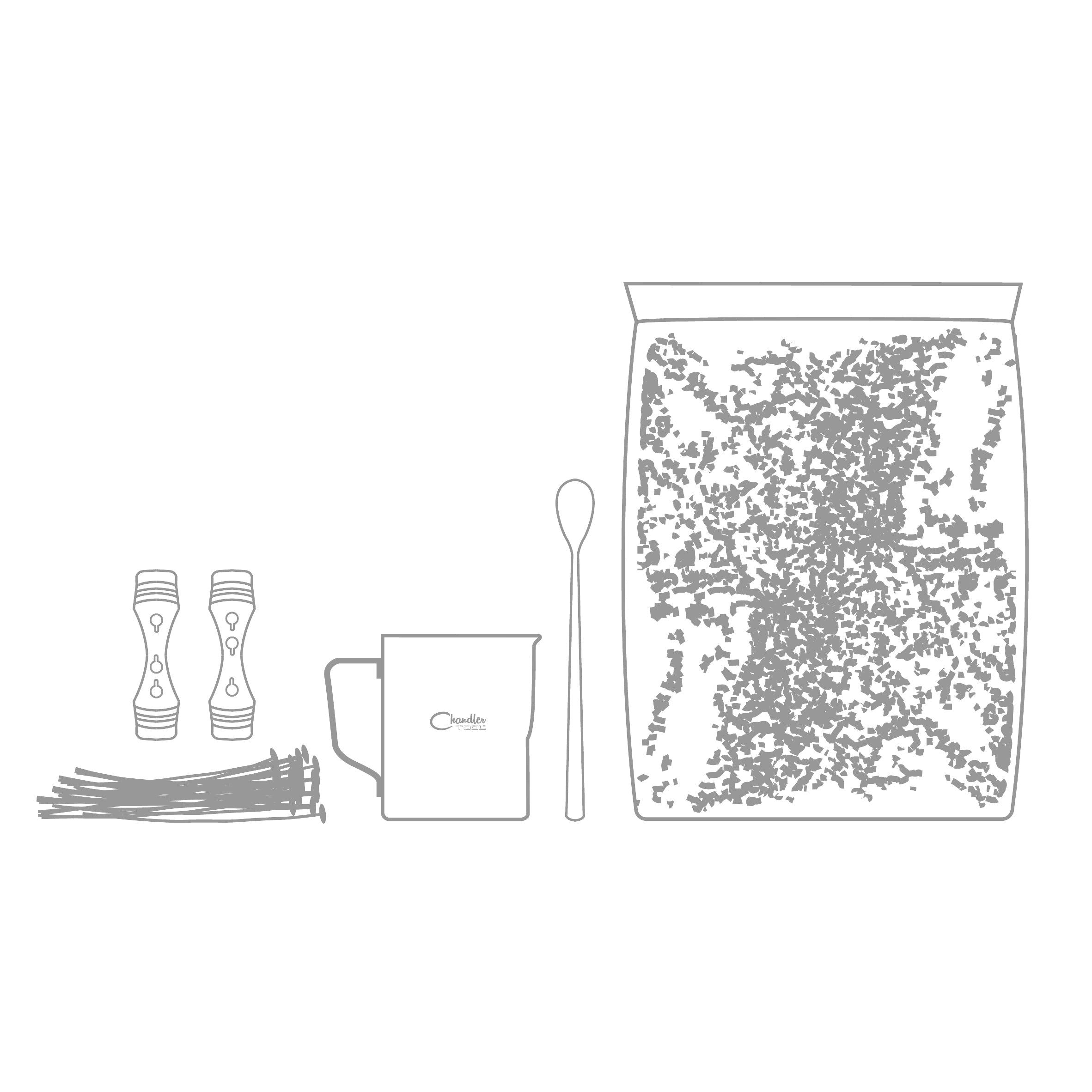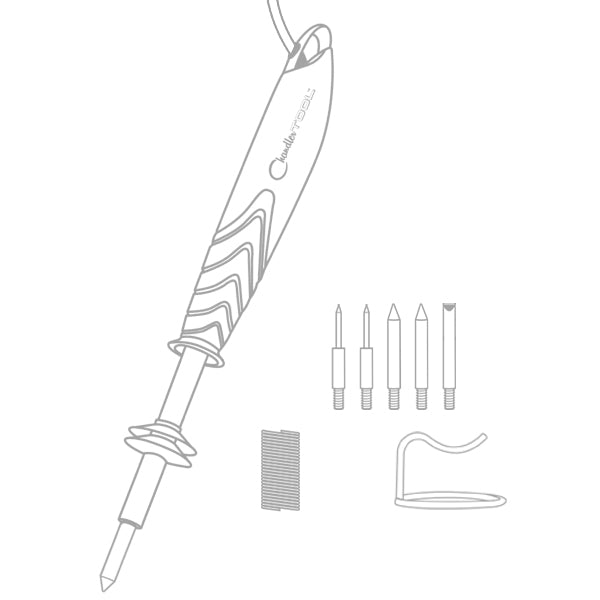Every craftsman is familiar with the soldering iron. It melts the solder (a metal alloy with a low melting point) to fuse two materials using heat applied through a concentrated point. It’s particularly handy for tradesmen such as electronic technicians, jewelers, metal workers, and the like.
It’s also quite safer and more accurate than melting with other heating tools like a torch and has, virtually, no risk of igniting or burning the materials you’re using. To know more of what a soldering iron can do, here are 10 ways:
1) Soldering in the Roofing Business
Roofers often use solder for fusing components for a copper roof. It’s also used when making a flashing roof. Since roofing does not require as much accuracy as working with tiny components, the usual soldering iron for roofing has a broad tip that can heat very quickly and is often assisted by gas to maintain its heat in windy conditions.
2) Soldering Metal Gutters
Metal gutters for homes are held together by soldering. It’s similar to the materials that a roofer would use for flashing roofs. Soldering creates a permanent bond that makes the gutters leak proof. Definitely handy for rainy days!
3) Soldering Stained Glass and Mosaics
The beautiful patterns of different colors you see in stained glass and mosaics are held together by solder. These typically require a stronger 100-watt soldering iron, along with other tools such as a glass cutter or a glass grinder.
4) Soldering for Plastic Circuit Boards
One of the most common uses for a soldering iron, plastic circuit boards are used in electronics. The metal alloy of the solder establishes the continuation of an electrical current when joining two wires. The precision needed for these often means that more accurate tools are to be used, including temperature control for the soldering iron.
5) Soldering for Electricians
Much like with circuit boards, electricians use soldering irons to splice wires for residential or commercial wiring. They also use them for fusing wires in electrical terminals or control panels.
6) Soldering in Auto Repair
While not strong enough to make engine repairs, solder is typically used to fill irregular spaces, smoothen out rough surfaces or tighten joints. It can also be used to fill up holes, fuse metal panels, and tin the edges of metal sheets with doing body repair for your automobile.
7) Soldering Tools for Home Projects
Another common use for soldering iron — DIY home projects by the at-home craftsman. The broad subject means there are also several soldering tools to choose from, such as a soldering pencil or a soldering gun, in addition to the typical soldering iron.
8) Soldering in Jewelry
Yet another trade that requires a lot of precision, jewelers tend to use soldering pens or soldering irons with interchangeable tips for better precision when working with jewelry. The solder also has a high percentage of silver.
Because of the oxides that form when you apply heat to metal, jewelers commonly use borax flux to reduce oxidation to assist with maintaining the quality of their work.
9) Soldering Vacuum Tubes
Vacuum tubes can be soldered to form a sealant and insulate parts when doing metal-to-ceramic connections. This is important in electronics as the near-vacuum allows free passage for the electric current to go through.
10) Soldering in Plumbing
For safety, plumbers use lead-free solder when joining plumbing pipes. While bigger projects can typically be done with a torch, some situations have them working in tight spaces where a soldering iron will be safer and easier to handle.
There you have it! Not only do soldering irons have several different uses, but there are several different types as well. To get the perfect soldering iron for the job, check out our selection at Chandler Tool! And if you are just learning the ins and outs of soldering, here’s a beginner’s guide to help you get started!

